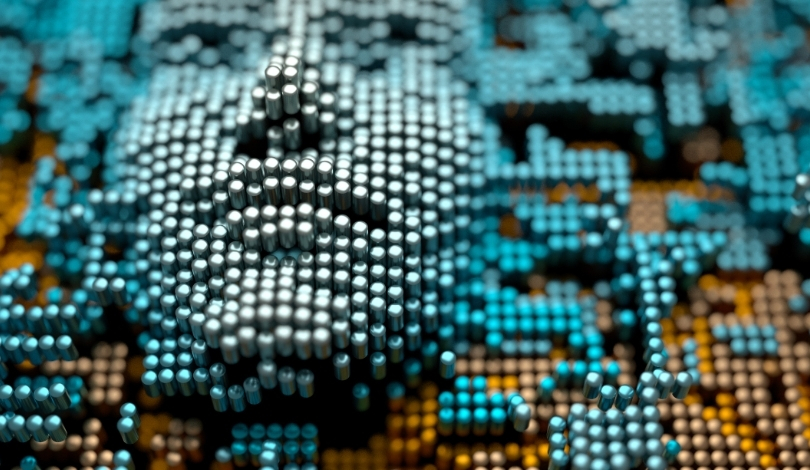The escalating competition between Artificial Intelligence (AI) generated deepfake images and their detection witnesses a new player entering the field – astronomy. Innovations in astronomical techniques, traditionally used to analyze light from distant celestial objects, are now being repurposed to enhance deepfake image detection. This unexpected crossover holds potential in bolstering the identification of fabricated visuals.
Deep Learning and Fake Images
Deepfakes, a blend of ‘deep learning’ and ‘fakes,’ leverage AI to replicate faces convincingly by training on numerous image samples. This technology often swaps faces in pictures to create misleading scenarios. While deepfakes improve with advancing AI, researchers have turned to astronomy’s sophisticated methods of light analysis to identify these fraudulent images. Astronomers’ ability to extract fine details from light has found a novel application in evaluating the consistency of light reflected in the eyes of subjects in deepfake images.
Astronomical Techniques Applied
Adejumoke Owolabi, a data science student at the University of Hull, UK, spearheaded this research. Her thesis harnessed the CAS (Concentration, Asymmetry, and Smoothness) system and the Gini index, both astronomical tools, to assess light reflection discrepancies in the eyes of deepfake images. Using a dataset of human faces from Flickr, Owolabi’s approach achieved a 70% success rate in distinguishing fake images. These tools, typically used to study galactic structures, were adapted to scrutinize the subtle light patterns in human eyes, providing a new method for deepfake detection.
Expert Opinions and Future Implications
Kevin Pimbblet from the University of Hull and Brant Robertson from UC Santa Cruz have both acknowledged the potential of this approach. Pimbblet stated,
“It’s not a silver bullet, because we do have false positives and false negatives, but this research provides a potential method, an important way forward.”
Robertson further emphasized the continuous arms race between deepfake creation and detection, noting that enhancing detection metrics could also improve the realism of future deepfakes.
This isn’t the first time astronomical methods have been adapted for terrestrial challenges. The Hubble Space Telescope’s charge-coupled device (CCD) technology revolutionized digital mammography, showcasing how space technology can benefit healthcare. Similarly, the integration of CAS and Gini index into deepfake detection tools signifies another cross-domain innovation that may, in the future, be embedded in digital platforms to counteract disinformation.
Addressing the deepfake challenge transcends technical solutions; it requires legal frameworks and public awareness. Legislative efforts, such as the DEEPFAKES Accountability Act and the Protecting Consumers from Deceptive AI Act in the U.S., are steps toward regulating the ethical use of AI. However, until comprehensive laws are enacted globally, advancing detection technologies remains crucial. Astronomy’s contribution exemplifies interdisciplinary collaboration in tackling modern digital threats.










